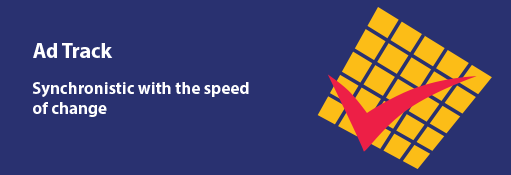Continuous advertising tracking frequently wastes your time and money.
Not because there is anything wrong with the principle, but because this type of research is typically wasteful of fieldwork and comprises statistical interpretation.
Traditionally, advertising tracking recruits a small weekly sample and ‘rolls up’ the data to achieve a suitable sample size. This approach is seriously flawed for the following reasons:
• A moving average will always underestimate the effect of an advertising burst. It must always arithmetically under represent the magnitude of an effect in its measurement and increase the proportion of error variance or any model built on it.
• Combining small samples increases the opportunity for sampling error. They are not in themselves robust enough for short phase analysis, even at the most basic levels of age, class, region or weight of viewing. No account is taken of the speed with which data will change. Both fast and slow moving data are collected at the same frequency. Rendering much of the slow moving data collected expensively redundant.
• They do not make best use of fieldwork time and, as a consequence, cost more than they need. By matching the speed of data collection to the likely speed of change, either significant savings in costs or substantial increases in sample size and predictive validity can be achieved.
ACC have developed the principle of conducting ad tracking that is:
‘Synchronistic With the Speed of Change’.
This simply means the faster a factor is likely to change, the more frequently it should be monitored. Conversely, if a factor changes only very slowly, it need be monitored less often.
Traditional methods of tracking give the illusion of tracking fast because they sample frequently. But it is an illusion because an individual sample is often too small to analyse meaningfully.
Match interview frequency to the speed of change!
Fast for:
- Saliency
- Awareness
- Copy check
Slow for:
- Brand attributes
- Detailed assessment of advertising
ACC AdTrack gives you a substantial improvement in the accuracy and responsiveness of fast moving awareness and saliency data which is particularly key when monitoring launch campaigns and competitor reaction.
With no loss in accuracy in message content and brand image data.
At substantially reduced costs compared with traditional tracking studies.

